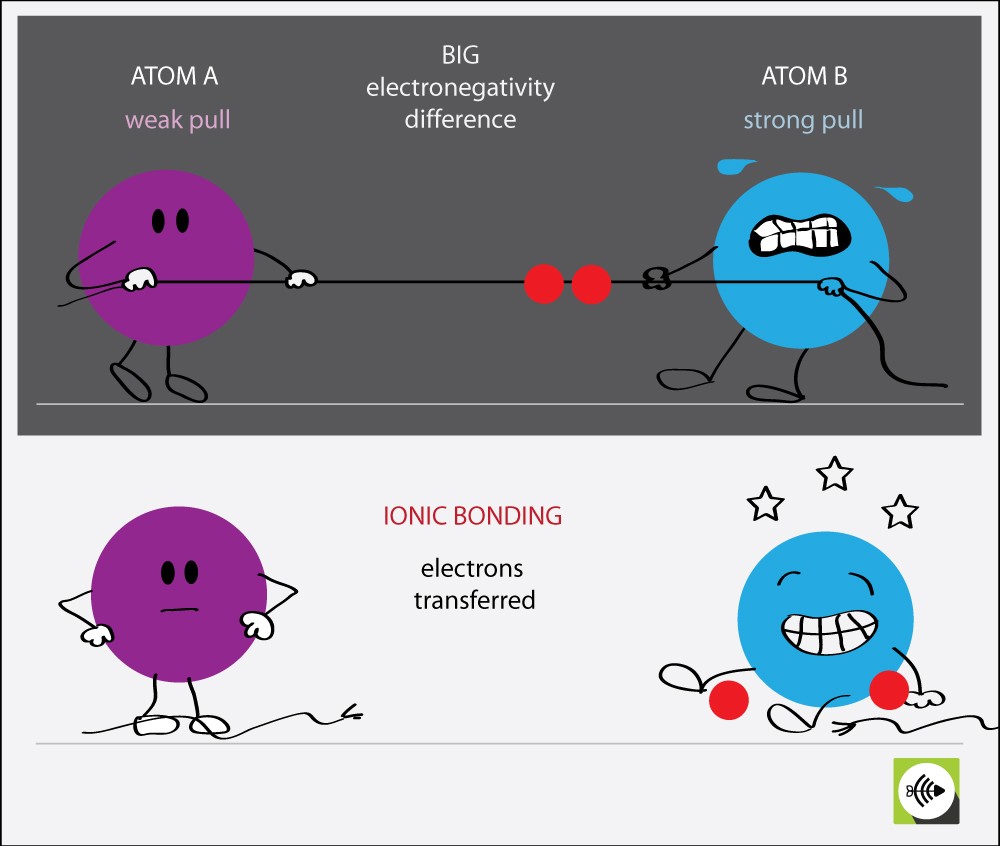

It would be nice to have separate words for the particular and the macroscopic scale, but we have not.Īn atom is a thing an element is a type of thing.Īn atom is a collection of protons, neutrons and electrons. We call those atoms that have 8 protons in their nucleus "oxygen atoms". The confusion comes from the first part of the definition: An element is a species of atoms.

In order to make it from the elements, you need a chemical reaction, so then the elements are no longer elements (but the oxygen is still an oxygen). Of course, acetic acid is not an element, and it is not a mixture of elements. However, it is also used to refer to an atom-type, such as in the statement that "acetic acid contains oxygen", meaning that it contains oxygen atoms. Element traditionally is a term at the macroscopic scale, it refers to the nature of a substance (either element or compound).
Now that we have had evidence of atoms as nucleus plus electrons for over 100 years, there is no more need for the classic definition ("smallest particle, can't separate") that is now known not to be true if you allow for nuclear reactions.Ītom is a term at the particular scale, it refers to one particle. Sometimes this concept is called the elementary substance as distinct from the chemical element as defined under 1, but mostly the term chemical element is used for both concepts.

Here is the IUPAC definition of an element:Ī species of atoms all atoms with the same number of protons in the atomic nucleus.Ī pure chemical substance composed of atoms with the same number of protons in the atomic nucleus. How many elements are in water (molecule)? Two elements: Hydrogen and oxygen.
an element as an abstraction, an “atomic species” (ex.: $\ce$ molecule? There are three: Two atoms of hydrogen and one atom of oxygen. The word element has two slightly different meanings in chemistry: Obviously it gets more complicated that this, but for you at the moment, it doesn't need to :) These different forms of hydrogen are isotopes of one another. The total number of protons + neutrons is the atom's atomic weightĮlements can contain different numbers of neutrons. the number of protons defines what the element is. There are three kinds: Protons, Neutrons, and Electrons. It contains 2 elements: Hydrogen, and Oxygen.īut it contains 3 atoms, 2 Hydrogen, and 1 Oxygen.Ītoms contain even smaller pieces called subatomic particles. We'll use water as an example because you've probably heard it referred to as H 2O.Ī single "piece" of water, H 2O is a molecule. Given that you seem to be a beginner in Chemistry, I thought you might benefit from a description from somebody who only studied up to high school chemistry. They both are composed of atoms of the element carbon, but in different configurations.īelow are diagrams of the allotropes of carbon featured in the article Work Function Engineering of Graphene (Garg et al. The atomic number of carbon is 6, which means that every carbon atom has 6 protons, so that the neutron numbers of these isotopes are 6, 7 and 8 respectively.ĭifferent arrangements of atoms of single elements can form allotropes, such as for carbon, with diamond and graphite (among others - shown below). The amount of neutrons can vary with atoms of a particular element, forming isotopes, which (from the link):įor example, carbon-12, carbon-13 and carbon-14 are three isotopes of the element carbon with mass numbers 12, 13 and 14 respectively. A very nice definition is given by the Jefferson Lab page What is the simplest way of explaining what atoms, elements, compounds and mixtures are?Ī substance that is made entirely from one type of atomĪtoms themselves can be 'broken down' into smaller sub-atomic particles (protons, neutrons and electrons) - the amounts of these (particularly the number of protons) define each element.įor example, in their un-ionised form, the element carbon is made entirely from carbon atoms, which have 6 protons and 6 electrons each, and cadmium atoms, which have 48 protons and 48 electrons, make up the element cadmium. 
The wording in your quote is a bit unclear, I agree.








 0 kommentar(er)
0 kommentar(er)
